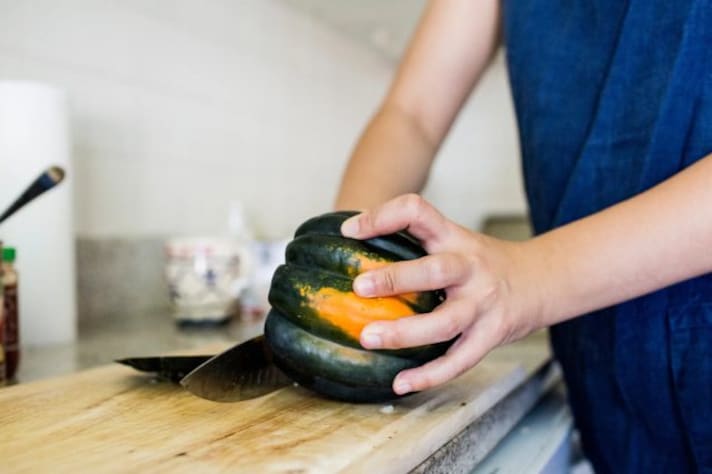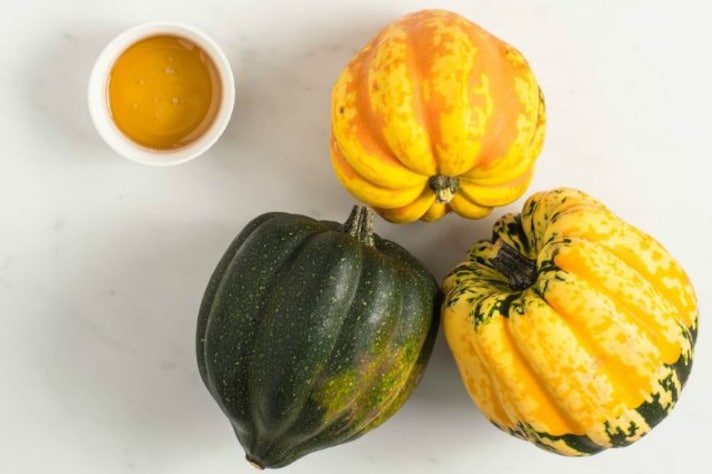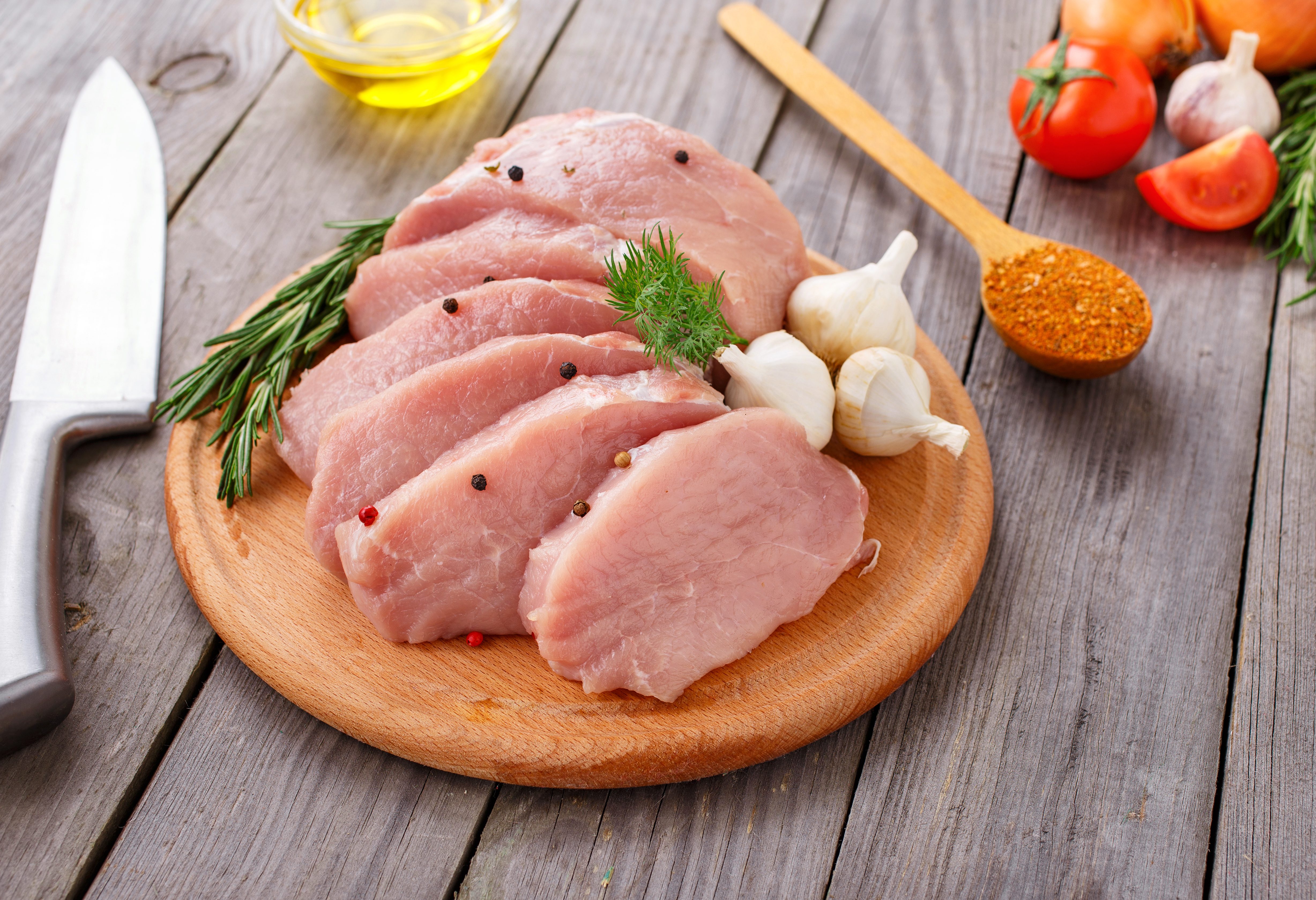Here’s Why You Should Never Make These Mistakes With Acorn Squash
Avoid common mistakes when cooking acorn squash! Remember to scrub the skin, cut it safely with a sharp knife, and cook it just until tender to avoid mushiness. Season it properly to enhance its natural sweetness, and don’t toss the seeds—roast them for a tasty snack.

Pumpkin season is finally here, and with it comes the joy of choosing from the vast array of squash varieties that flood the markets every autumn. Just like our love for pumpkins, the types of squash seem endless—each one with its unique flavor, texture, and charm. From butternut to kabocha, pumpkins come in all shapes and sizes, each deserving their own spotlight. Today, on September 7th, we’re celebrating a lesser-known but just as worthy squash: the acorn squash. Known for its distinctive ridges and vibrant green (or sometimes orange) skin, acorn squash is both visually appealing and incredibly versatile in the kitchen. However, before you grab one off the shelf and start cooking, there are a few common mistakes you need to avoid.
#1: Never Forget to Clean the Skin
One of the most common missteps when working with acorn squash is assuming the skin is entirely inedible and either peeling it off or ignoring it altogether. The truth is, acorn squash skin is edible once cooked, and it adds both flavor and texture to the dish. However, leaving the skin unwashed or uncleaned is a mistake. Always scrub the squash well before cutting it to remove dirt and impurities. If you’re roasting or stuffing it, the skin softens beautifully and can be enjoyed alongside the flesh. But if you prefer a smoother dish like a puree, simply scoop out the flesh after cooking—no need to wrestle with peeling beforehand.

#2: Never Cut With a Small Knife
Acorn squash is notorious for its tough exterior, and trying to cut through it can feel like an extreme sport. The mistake many make is grabbing a small, dull knife and risking an accident. Always use a sharp, sturdy chef's knife when cutting into an acorn squash. Start by slicing off a small piece from the bottom to create a flat base, so it doesn’t wobble around while you cut. Then, carefully slice it in half through the stem. If the squash is particularly hard, a few microwaved minutes can soften it just enough to make cutting safer and easier. No need to play squash roulette with your fingers!
#3: Never Overcook or Undercook It
Timing is everything when cooking acorn squash, and both undercooking and overcooking can lead to disappointing results. Undercooked acorn squash can be tough and starchy, while overcooked squash turns into a mushy mess that loses its natural sweetness and becomes watery. The perfect roasted acorn squash should be tender enough to pierce with a fork but still hold its shape. To avoid this mistake, bake the squash at 400°F for about 40-50 minutes, depending on the size. Check for tenderness by poking it with a fork, but be sure not to overdo it!

#4: Never Forget to Season Properly
Acorn squash, like most squash, has a naturally sweet flavor, but that doesn’t mean you should skip the seasoning. A common mistake is roasting it plain, which can lead to bland results. Salt and pepper should always be your starting point, but don’t be afraid to experiment with other spices and herbs. Cinnamon, nutmeg, and sage pair beautifully with its sweet, nutty taste, while a drizzle of maple syrup or olive oil before roasting can bring out the squash’s natural sugars and create a caramelized finish. On the savory side, cumin and smoked paprika can take it in a more complex, earthy direction. Whatever seasoning path you choose, just make sure to give your acorn squash the attention it deserves—after all, even the sweetest vegetables need a little spice in their life.
#5: Never Discard the Seeds
If you’ve been tossing the seeds away, you’re making one of the greatest squash sins. Acorn squash seeds, like pumpkin seeds, are perfectly edible and delicious when roasted. After scooping them out, give them a good rinse to remove any squash bits, then dry them thoroughly. Toss them with olive oil, salt, and any seasoning you like, then roast them at 300°F for about 20 minutes until they’re crispy and golden. They make a great snack or garnish for your squash dish. So, next time, think twice before you dump those seeds—they’re a hidden treasure!
;Resize,width=767;)


;Resize,width=712;)
